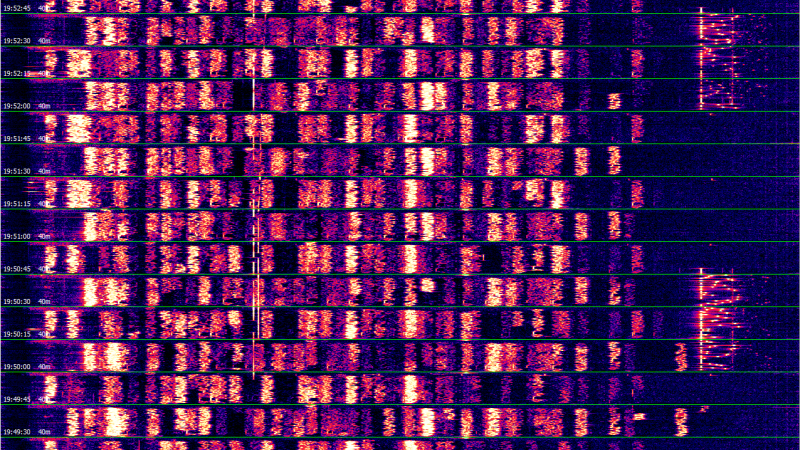There are a number of changes that could be made to the FT8 protocol to make it faster and more resilient to low signal strength. Some of these changes include:
-
Increase the bandwidth: Increasing the bandwidth would allow more data to be transmitted per symbol, which would improve the speed of the protocol. However, this would also make the protocol more susceptible to interference.
-
Use a different error correction scheme: The current error correction scheme in FT8 is relatively simple, and it can be difficult to correct errors when the signal is weak. Using a more sophisticated error correction scheme would improve the resilience of the protocol to low signal strength.
-
Change the modulation scheme: The current modulation scheme in FT8 is based on frequency shift keying (FSK). Changing the modulation scheme to something like quadrature amplitude modulation (QAM) would improve the spectral efficiency of the protocol, which would allow more data to be transmitted over a given bandwidth.
-
Use a different symbol rate: The current symbol rate in FT8 is 31.25 baud. Using a lower symbol rate would improve the resilience of the protocol to low signal strength, but it would also reduce the speed of the protocol. These are just a few of the changes that could be made to the FT8 protocol to make it faster and more resilient to low signal strength. The best changes to make would depend on the specific requirements of the application.
In addition to the changes mentioned above, there are a number of other things that could be done to improve the performance of FT8 in low-signal conditions. These include:
-
Using a better antenna: A better antenna will improve the reception of weak signals.
-
Using a higher output power: A higher output power will increase the strength of the transmitted signal, which will make it more likely to be received by the other station.
-
Using a noise-cancelling filter: A noise-cancelling filter can help to reduce the noise in the received signal, which will make it easier to decode the signal.
By making these changes, it is possible to improve the performance of FT8 in low-signal conditions and make it possible to communicate over longer distances even with weak signals.


Halfway there https://hackaday.com/2023/01/28/the-voice-of-chatgpt-is-now-on-the-air/